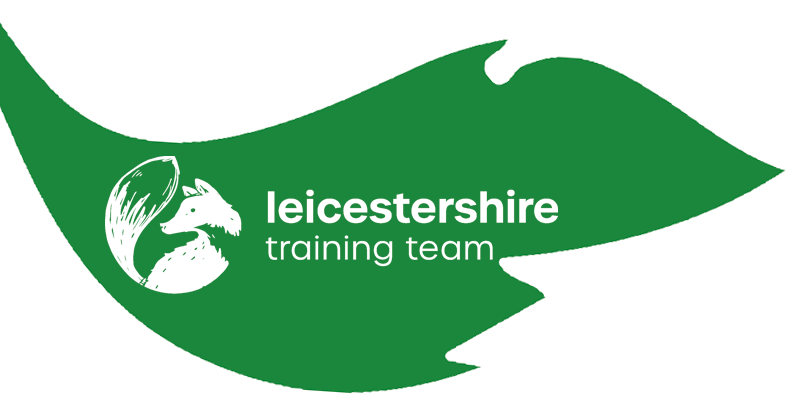What is Peg Feeding Training?
Posted on 24th May 2023
Peg feeding training is an important part of the care of individuals with dysphagia, or difficulty swallowing. It involves teaching a person to use a percutaneous endoscopic gastrostomy (PEG) tube to receive nutrition and hydration. This type of feeding can be used for people who have difficulty swallowing due to medical conditions such as stroke, head injury, cerebral palsy, or amyotrophic lateral sclerosis (ALS). It can also be used for those who have a poor appetite or are unable to eat enough food to meet their nutritional needs.
Benefits of Peg Feeding Training
Peg feeding training can provide many benefits for those with dysphagia. It can help improve nutrition and hydration levels, reduce the risk of aspiration pneumonia, and improve quality of life. It also eliminates the need for frequent trips to the hospital for tube feedings and allows individuals to remain in their own homes while receiving nutrition and hydration. Additionally, peg feeding training can help reduce stress on caregivers by providing an alternative method of providing nutrition and hydration that is less time-consuming than traditional methods.
Risks Associated with Peg Feeding Training
Although peg feeding has many benefits, there are also risks associated with it. These include infection at the site of insertion, leakage from the tube site, blockage of the tube due to food particles or other debris, and aspiration pneumonia if food particles enter the lungs during feedings. Additionally, there is a risk that the tube may become dislodged if not properly secured in place.
How to Prepare for Peg Feeding Training
If you are a Healthcare assistant training or someone you know is considering peg feeding training, it is important to be prepared before beginning this process. First, it is important to discuss all potential risks and benefits with your doctor or healthcare provider before deciding whether this type of feeding is right for you or your loved one. Additionally, it is important to ensure that all necessary supplies are available before beginning peg feeding training including PEG tubes, syringes, tubing sets, and other supplies as recommended by your healthcare provider. Finally, it is important to ensure that you have access to appropriate support services such as home health aides or nursing services if needed during this process.
Peg Feeding Helps to Improve Quality of Life
Peg feeding training can provide many benefits for those with dysphagia including improved nutrition and hydration levels as well as improved quality of life. However, there are risks associated with this type of feeding so it is important to discuss all potential risks and benefits with your doctor or healthcare provider before beginning peg feeding training. Additionally, it is important to ensure that all necessary supplies are available before beginning this process as well as access to appropriate support services if needed during this process.
With our expert guidance and support, you can experience the benefits of improved nutrition and hydration levels, as well as a better quality of life. Our team of professionals ensures you receive the right care and attention throughout the process, minimizing risks and maximizing results.
Share this post:



